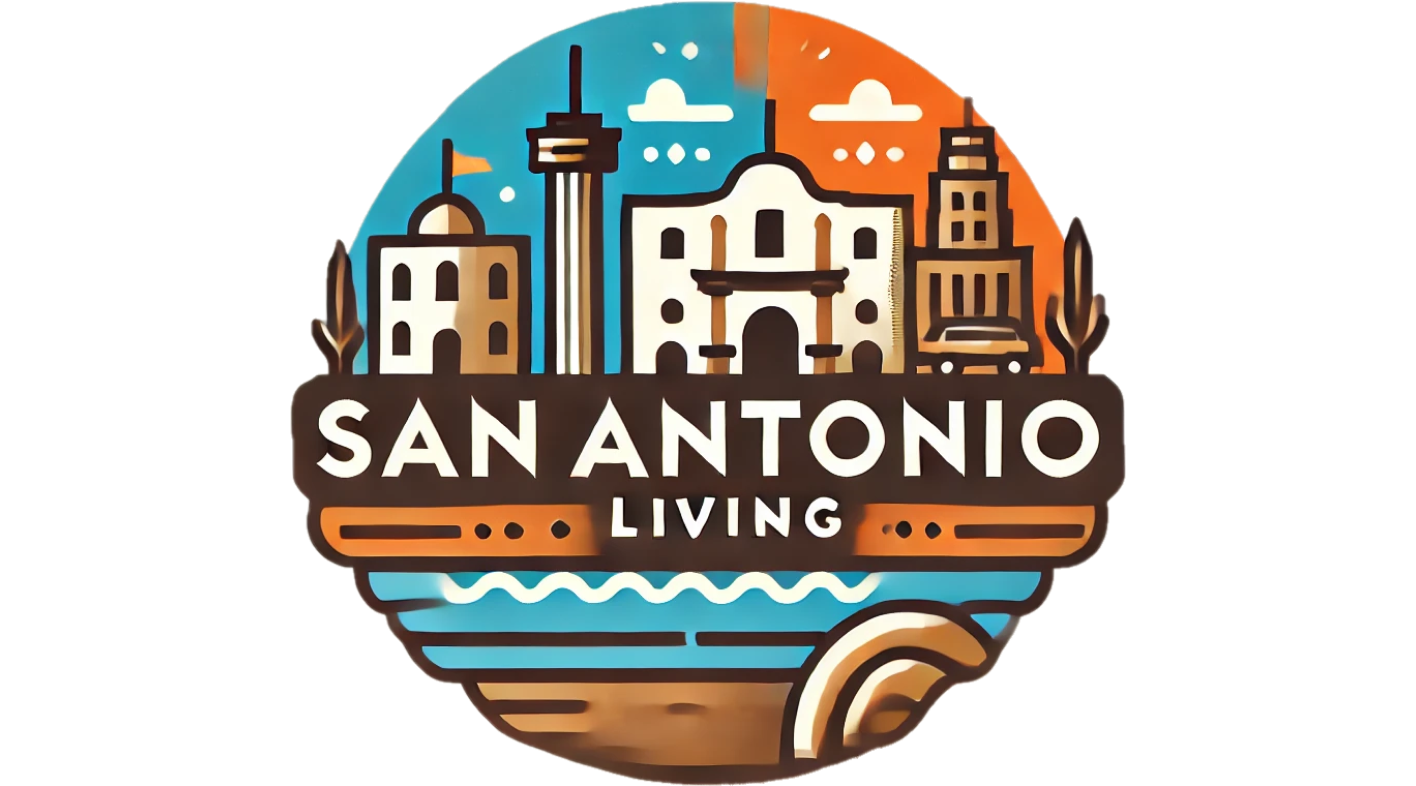
Uncovering the Hidden Pain: My Journey with Leg Length Discrepancy
Back pain is often dismissed as simply a symptom of aging or overexertion, but for many, it’s a complex issue rooted in less common conditions. As a once-enthusiastic distance runner and a new mother, I learned this lesson the hard way. It all began six months after my childbirth experience when a debilitating pain struck me, initially writing it off as a temporary issue from my earlier active lifestyle. But subsequent flare-ups proved to disrupt my life significantly, forcing me to seek answers that would take me years to uncover.
Understanding Leg Length Discrepancy
It wasn’t until I consulted a specialist recommended by a close friend—a foot and ankle surgeon—that I was finally pointed toward the concept of leg length discrepancy (LLD). Surprisingly, this condition can affect up to 90% of the population to some degree. What I learned from an X-ray was eye-opening: my left leg was a centimeter shorter than my right. This discrepancy had serious implications—not just for my back pain, but for my entire musculoskeletal structure.
Back Pain and Its Many Causes
Leg length discrepancies often lead to altered biomechanics, which may trigger pain not only in the lower back but also in the hips and knees. Research indicates that a difference greater than 5mm can notably increase the incidence of back pain. This revelation changed everything about how I viewed my struggles. Relief didn’t come from core training or physical therapy aimed at general pain management but rather from a small, simple solution: a cork heel lift slipped into my left shoe.
A Challenge that Many Face
My situation isn’t unique. For many, LLD remains unrecognized, leading them to unnecessary treatments for musculoskeletal pain. Chronic back pain may be dismissed with conventional medical advice without delving deeper into the potential for mechanical dysfunction.
Looking Beyond the Symptoms
In learning about my condition, I began to ask: how many others are suffering from similarly dismissed symptoms? Research suggests a nuanced relationship between LLD and back pain. Conditions such as pelvic tilt, scoliosis, and sacroiliitis can co-exist with disparities in leg length, complicating diagnoses and treatments. When left unaddressed, these interconnected issues often lead individuals down the wrong path, resulting in misguided surgical interventions that might exacerbate rather than alleviate pain.
Finding Simple Solutions
After years of searching for an answer, I found mine in the form of a heel lift—a reminder that sometimes, the simplest adjustments can lead to the most significant improvements in our overall wellness. My experience highlights the need for an increased awareness of leg length discrepancies, their impact on health, and the low-cost, accessible solutions that can improve quality of life for many.
Practical Steps for Recovery and Well-Being
For individuals who may experience discomfort due to LLD, I encourage exploring your symptoms with a healthcare provider who understands the interconnected nature of such musculoskeletal conditions. Even small deviations can lead to significant impacts—so don’t hesitate to advocate for a thorough evaluation.
Conclusion: Living Authentically with Awareness
Ultimately, my story isn’t just about finding relief; it is about being proactive in our health journeys. All of us need to break apart the myriad angles of wellness—from physical alignments to emotional stability—living with the intention of strengthening our bodies holistically. By acknowledging the importance of listening to our bodies and understanding the simple mechanics of our physiology, we can empower ourselves and lead healthy, balanced lives.
 Add Element
Add Element  Add Row
Add Row 



Write A Comment